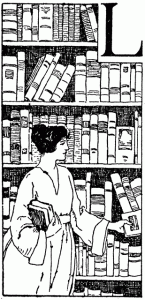 Sales of many independently-published eBooks have taken a marked downturn in recent months, one that–to the average indie writer–seems almost as sharp as that of the price of crude oil during the same period.
Sales of many independently-published eBooks have taken a marked downturn in recent months, one that–to the average indie writer–seems almost as sharp as that of the price of crude oil during the same period.
Authorearnings.com recently posted, in its January 2015 earning report, that “U.S. ebook sales have plateaued — or are even declining, relative to print — declare some widely-cited industry statistics.”
Many an industry expert seems baffled by “the slowdown” in eBook sales and none of my writing contacts seem to really be able to explain why, exactly, nor how to remedy the problem. Format and medium diversification strategies don’t seem to be as effective, nor do social media promotions, paid advertisements, pricey PR campaigns nor the old standby of limited-time Free eBook promotions.
Despite our break-out success last year post launch, compared to last year’s eBook royalties for March, this last month was downright dismal ($250 VS $5700)… and worse, this statistic is also suffered by 90% of the indie writers I have queried on the subject.
Apparently many traditionally-published authors–backed by media departments with wide advertising budgets–are also going through a kind of sales ‘funk’ of sorts. Some of the more well-known authors have turned to desperate measures, such as awkwardly hawking their ‘new’ books on badly-scripted television spots.
Smashwords’s Mark Coker recently blogged about the slowdown of 2014 eBook sales, as well as the slower “growth projections” for 2015:
… most authors experienced a slower growth year – especially when compared against the go-go days of exponential growth from 2008 to 2012. The causes for this slow down include a new equilibrium between print and ebook formats; immortal ebooks published by publishers and indie authors alike that will never go out of print; the continued growth of self-published titles; and myriad low-cost and free non-book alternatives competing for slices of consumers’ time such as social media, Internet video and games.
In the same piece, Coker also predicted that many indie writers would drop out of the self-publishing market in 2015, after finding dwindling sales too steep a precipice to descend.
While my own experiences and observances, regarding the indie eBook glut and increased traditional-publisher price slashing, seem to corroborate Coker’s predictions, it does not allow for a rather ugly market variable: decreased interest in leisure reading.
Recently, I found myself in a library–yes, the building kind–a place I had not visited in nearly two years.
My seventeen-year-old wished to use her new library card and read through C. S. Forester’s Hornblower series, as well as get free materials to brush up for the SAT with. As my daughter bustled around the quiet, bookish smelling aisles grounded in comforting gray carpet and well-used stepping stools, I moved–as if my instinct–over to the “Classics” wall and selected one of my favorite weighty tomes The Count of Monte Cristo, unabridged.
Having procured my book, I settled in one of the many vacant reading chairs by picturesque window and began to read. A few pages along, however, I reflected on how long it had been since I spent a considerable length of time reading for leisure. I began to count the minutes–during my average day–that I really read. Between fellow writer’s blogs posts on eBook advertising strategies, articles on digital publishing industry trends, articles on the stock market and oil futures, and well as various sources for world news, I spend–on average–three to four hours a day just reading. But, hardly any of my daily reading has to do with personal enjoyment, let alone expanding my personal bank of consumed literature.
I am not alone in this modern reading ‘vacuum.’ Writing and editing expert Judy Goldman responded to my query on the slowing market of leisure reading:
I know I would be one who falls into that category. My ‘knee-jerk’ reactions to what I read these days is to respond to it somehow, not just read to absorb and enjoy.
I write about and respond to what I read, I don’t have time or desire to read for enjoyment and that is coming from someone who wouldn’t be caught dead without a book in her hands…
Adults are hardly the majority in the Reading Vacuum. Looking up from The Count of Monte Cristo, I saw (as I did upon my last library visit) quite a number of warm bodies sitting in front of the dozen-or-so library computers. Every computer was occupied. Unlike my last visit, however, the users were all young, ranging between the ages of fourteen and nineteen.
As discreetly as possible, I got up and moved around the stacks by the PC section and utilized a particular quick glance (the kind most mothers nowadays are experts at) at what each young person was so engrossed in.
SAT studying? Negative.
Applying for summer jobs? Nope.
Reading a free eBook at Project Gutenberg? Wrong again.
 Each young person was either chatting on social media, watching streaming videos or playing an online game. Each and every one. Those sitting and reading books–digital or paper–were all my age (late 30s) or older, my daughter’s presence notwithstanding.
Each young person was either chatting on social media, watching streaming videos or playing an online game. Each and every one. Those sitting and reading books–digital or paper–were all my age (late 30s) or older, my daughter’s presence notwithstanding.
The Reading Vacuum expanded as I walked around the library. The children’s books section in my last visit had been nearly full of moms reading to their young children. Now, it now boasted just two toddlers playing with toys–or pulling books off of shelves–while their mothers were (I kid you not) busy swiping the screens of smartphones nearby, oblivious.
Not to sound all ‘Andy Rooney’ here, but libraries used to be the springboard for learning reading and leisure reading in off-school/work hours. Certainly there is room for technological moderation in our lives, but I don’t think pointing at gadgets/devices is helping to really identify the root of the problem.
In 2013, Robert Rosenberger posted an article in Slate magazine, pointing to the distractions present on tablets as the culprit for declining eBook sales. The theory, then, was that eBook sales matched the sale of dedicated eReaders, a device that has rather fallen from gadget grace in recent years.
While eReader stats may be a factor, the problem that I became aware of in the library points to something far more sinister: lack of interest in leisure reading at all.
 Long ago–in a decade far, far away (1991)–Mitchell Stephens, an NYU journalism professor, wrote an article for the LA Times titled The Death of Reading. In said piece Stephens outlined how distractions abounded in the modern home, that libraries and reading nooks were overrun with televisions and Nintendo and that architects had largely scorned bookshelves in favor of “media” centers. He blamed distraction and said the move away from reading sounded the death-knell of thinking civilizations worldwide.
Long ago–in a decade far, far away (1991)–Mitchell Stephens, an NYU journalism professor, wrote an article for the LA Times titled The Death of Reading. In said piece Stephens outlined how distractions abounded in the modern home, that libraries and reading nooks were overrun with televisions and Nintendo and that architects had largely scorned bookshelves in favor of “media” centers. He blamed distraction and said the move away from reading sounded the death-knell of thinking civilizations worldwide.
Ironically, but not coincidentally, reading has begun fading from our culture at the very moment that its importance to that culture is finally being established. Its decline, many theorists believe, is as profound as, say, the fall of communism, and some have taken to prophesying that the downturn in reading could result in the modern world’s cultural and political decline.
Stephens went on to cite another work Amusing Ourselves to Death by Neil Postman:
We are losing a sort of psychic habit, a logic, a sense of complexity, an ability to spot contradictions and even falsity.
I thought on these things as I sat in the library, with Dumas’ complex and contested work sitting forgotten in my hands, gazing woefully at the young blank faces intermittently lit by the flickering media upon opposite screens.
But, all hope is not lost. A few young people–my resident teenagers have informed me–are still interested in a particularity type of leisure reading, or at least talking about it. Of the many YA book ‘fandom’ sites, chats and boards still in daily use, fully 1/3 of the people posting have actually read the title being discussed… according to my own brood of ‘experts'(whom also haunt said sites.)
“One out of three?” I thought, frowning at the nearly empty Fiction aisles across the quiet, gray room of the library. I glanced again at the PC users and shook my head, wondering if Prof. Stephens was being proven right faster than even he anticipated. Were the next generations doomed to forget how important literature and leisure reading are to civilized society?
At that moment, just such a young person flopped onto the empty chair beside me.
“I found it,” my daughter informed me, holding up a worn copy of one of Forester’s seafaring books. As she thumbed to “Chapter One,” her side pocket buzzed. Drawing out her phone, she glanced at it, shut it off and slipped it back in her pocket. She settled back in her chair and immersed herself in a world of sun-bleached, salty deck planks harboring borderline-scurvy-ridden crewmen unfurling sailcloth and scampering about under the hawk-like gaze of the captain, high up on the quarterdeck.
She was–of course–blissfully unaware that her mother was at that very moment gazing at her dewy-eyed, struggling not to weep aloud in sheer joy at what had just occurred. She was distracted, but not by digital screen nor any pixelated thing, but by a scene composed by a great writer long deceased, powered by nothing more than a fingertip and movements of the eye.
Suddenly, I was overwhelmed with gratitude for the foresight of people who had encouraged me to read daily to my young children, from toddler-age onward, and not leave such a weighty responsibility in the hands of under-paid, overworked teachers at school. That effort on my part, which then seemed like a chore (and intellectually stunting to repeatedly read sentences such as “the fat cat on the mat”) paid back enormous dividends in that tiny moment, there in the library. I went back to my own book, feeling a bit better about both the younger generations and the recent slowdown of eBook sales growth.
Is leisure reading truly dying? It may be in a distraction-induced coma, perhaps, but it’s not entirely dead.
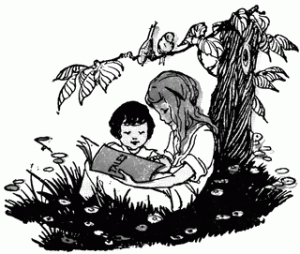
L. R. Styles is a writer for Belator Books
 There are zombies in my house.
There are zombies in my house.
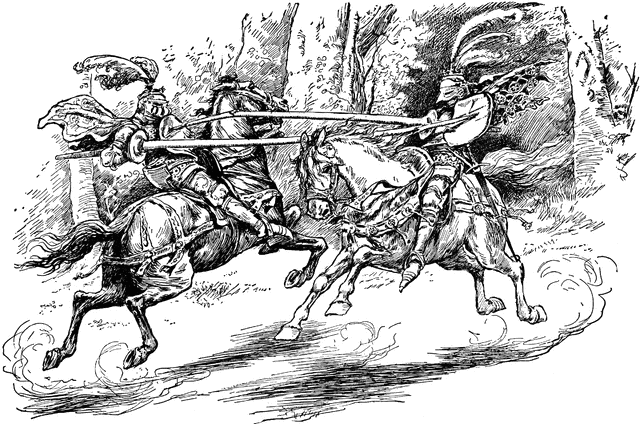
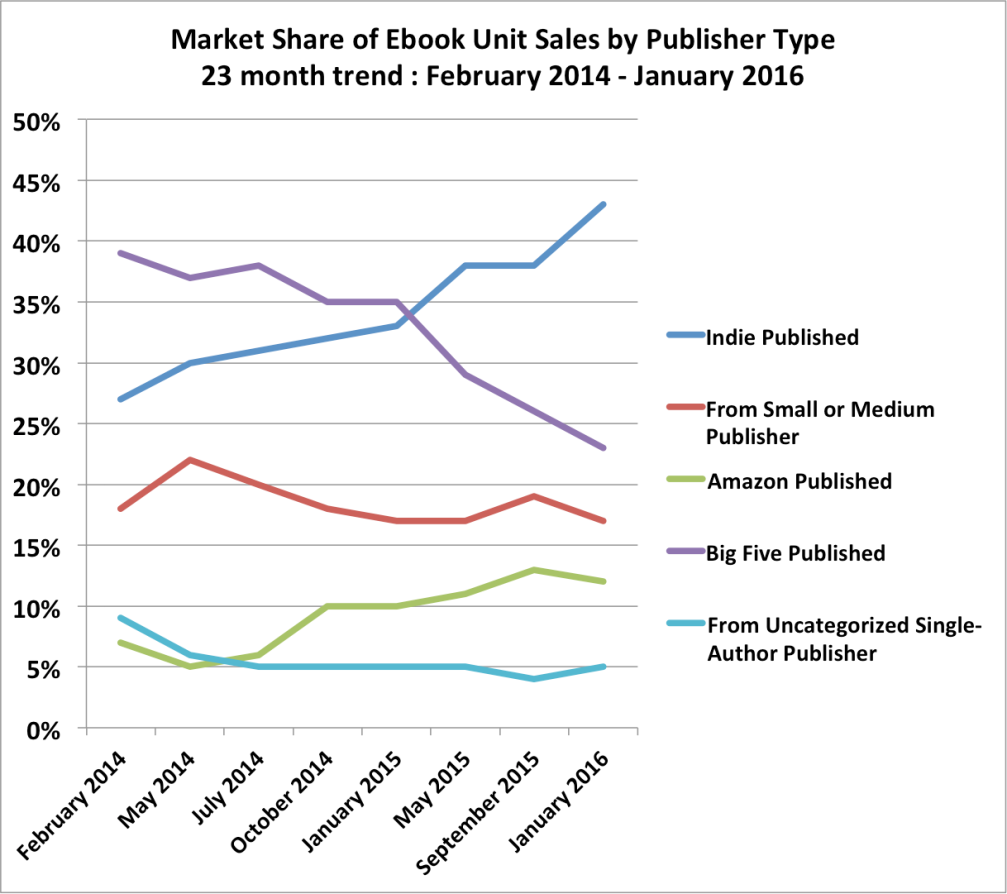
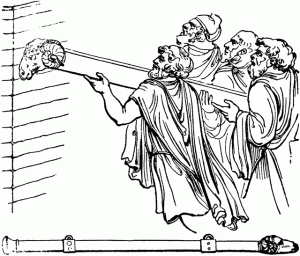 It is a concept understood by many a small and large business alike across the globe, but–for some reason–when it comes to the book industry, this ‘golden’ rule is seen as brass, to be plucked from the wall, trampled upon and sneered at with startling alacrity.
It is a concept understood by many a small and large business alike across the globe, but–for some reason–when it comes to the book industry, this ‘golden’ rule is seen as brass, to be plucked from the wall, trampled upon and sneered at with startling alacrity.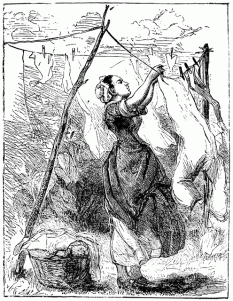 It’s far too easy — for most indie writers these days — to rely on the general public’s apparent understanding of the phrase “I’ve been busy” in order to put off serious work on one’s manuscript.
It’s far too easy — for most indie writers these days — to rely on the general public’s apparent understanding of the phrase “I’ve been busy” in order to put off serious work on one’s manuscript.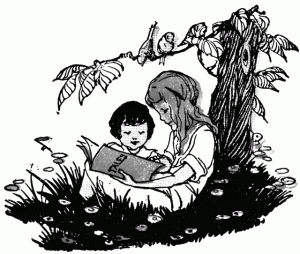 Children’s reader books, or “picture books” tend to be somewhat overlooked in the busy Realm of Literature. I was guilty of such oversight myself… until I began to have children. But, even then, I simply read through “readers” like most parents would, patiently enduring the infantile prose until the children moved on to more interesting material.
Children’s reader books, or “picture books” tend to be somewhat overlooked in the busy Realm of Literature. I was guilty of such oversight myself… until I began to have children. But, even then, I simply read through “readers” like most parents would, patiently enduring the infantile prose until the children moved on to more interesting material.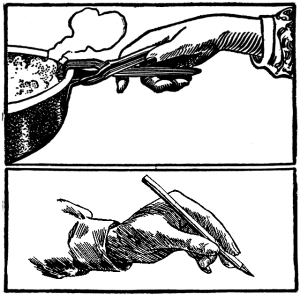 There’s a very good reason why many a writer has–at one point or another–chosen to shrug on the mantle of “recluse” and then acted accordingly. Whether it was Hemingway closeting himself in an attic with a dozen cats and a few cases of booze, or Thoreau living off the grid, sleeping in fields, wandering and mulling lines aloud to himself, or the prose-wielders that merely shielded themselves behind pen names and wrote under the seemingly innocuous employ of “housewife”… writers know that they are susceptible to distraction. And–in this–I am no exception.
There’s a very good reason why many a writer has–at one point or another–chosen to shrug on the mantle of “recluse” and then acted accordingly. Whether it was Hemingway closeting himself in an attic with a dozen cats and a few cases of booze, or Thoreau living off the grid, sleeping in fields, wandering and mulling lines aloud to himself, or the prose-wielders that merely shielded themselves behind pen names and wrote under the seemingly innocuous employ of “housewife”… writers know that they are susceptible to distraction. And–in this–I am no exception.



 … but I got sick last week.
… but I got sick last week. A few, simple notes dance
A few, simple notes dance